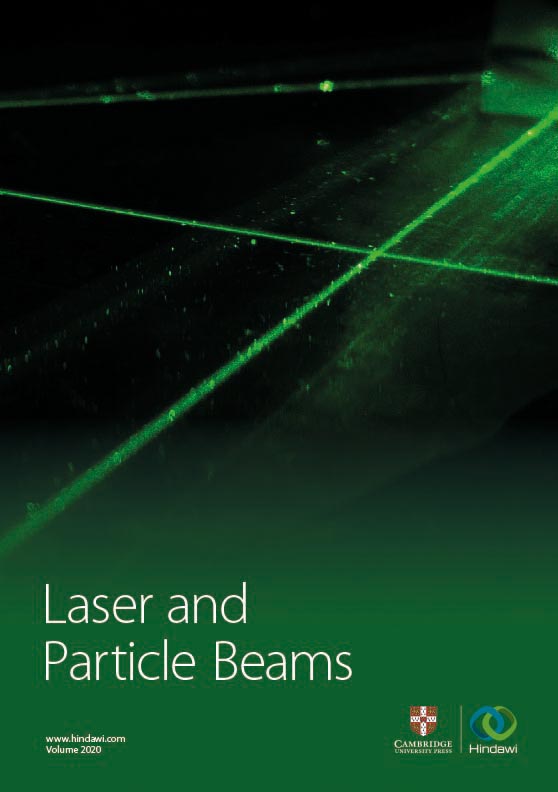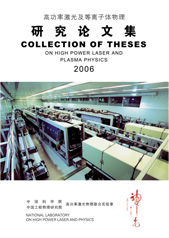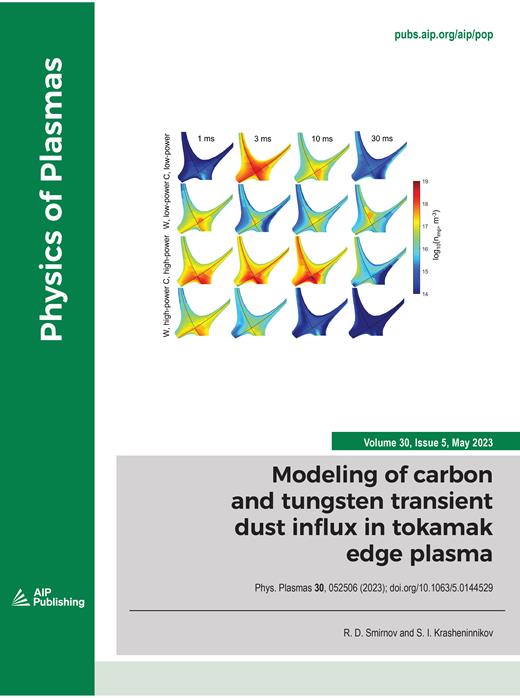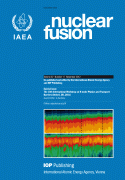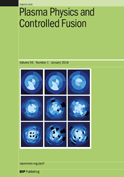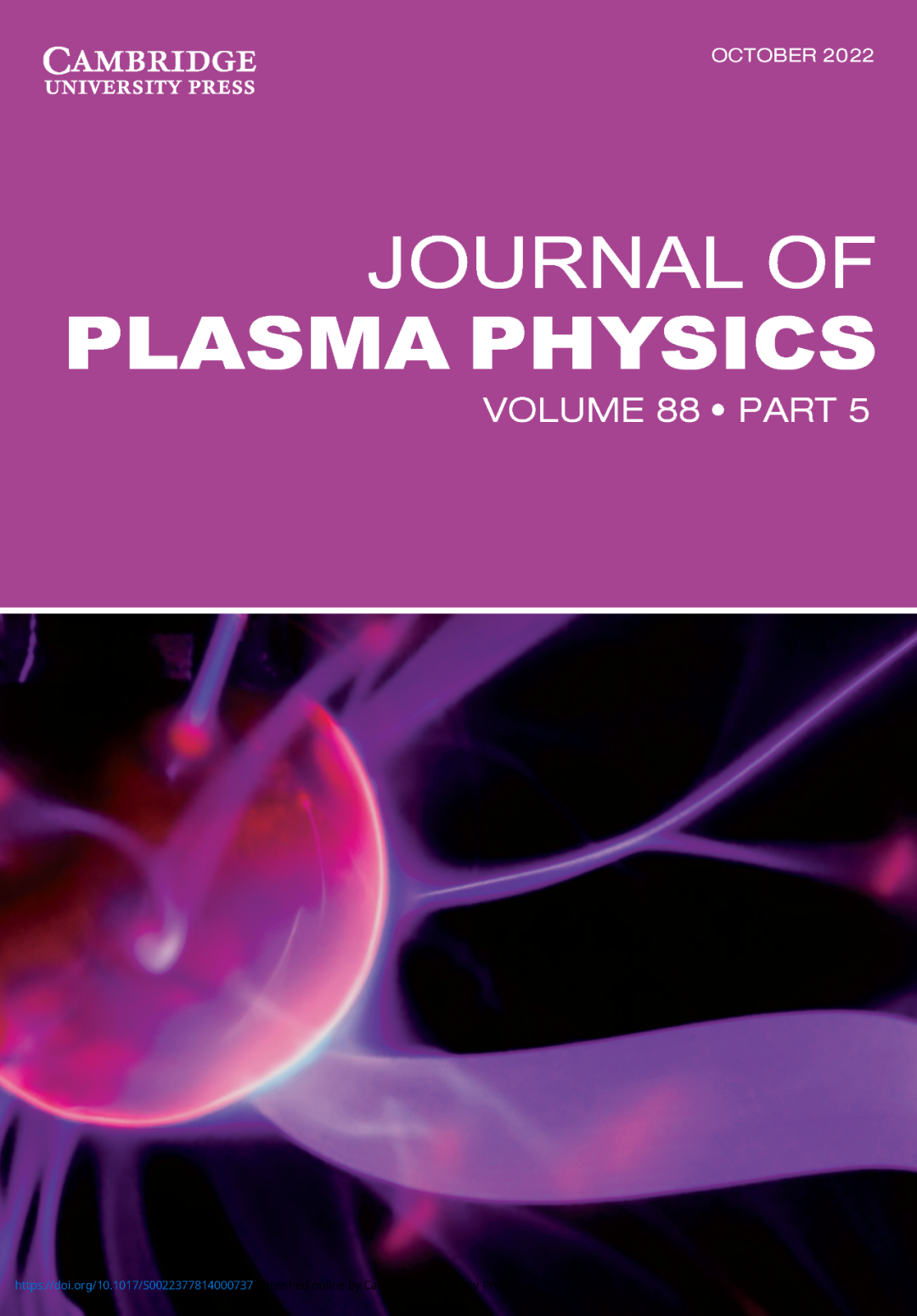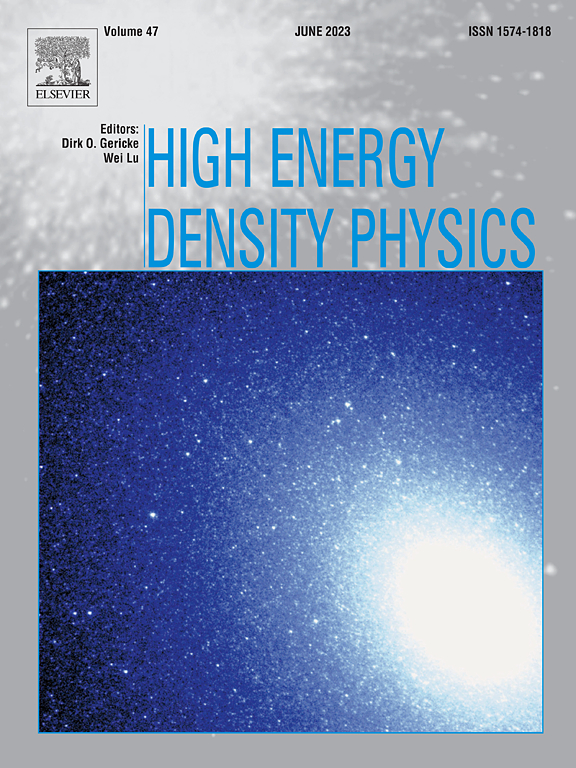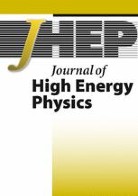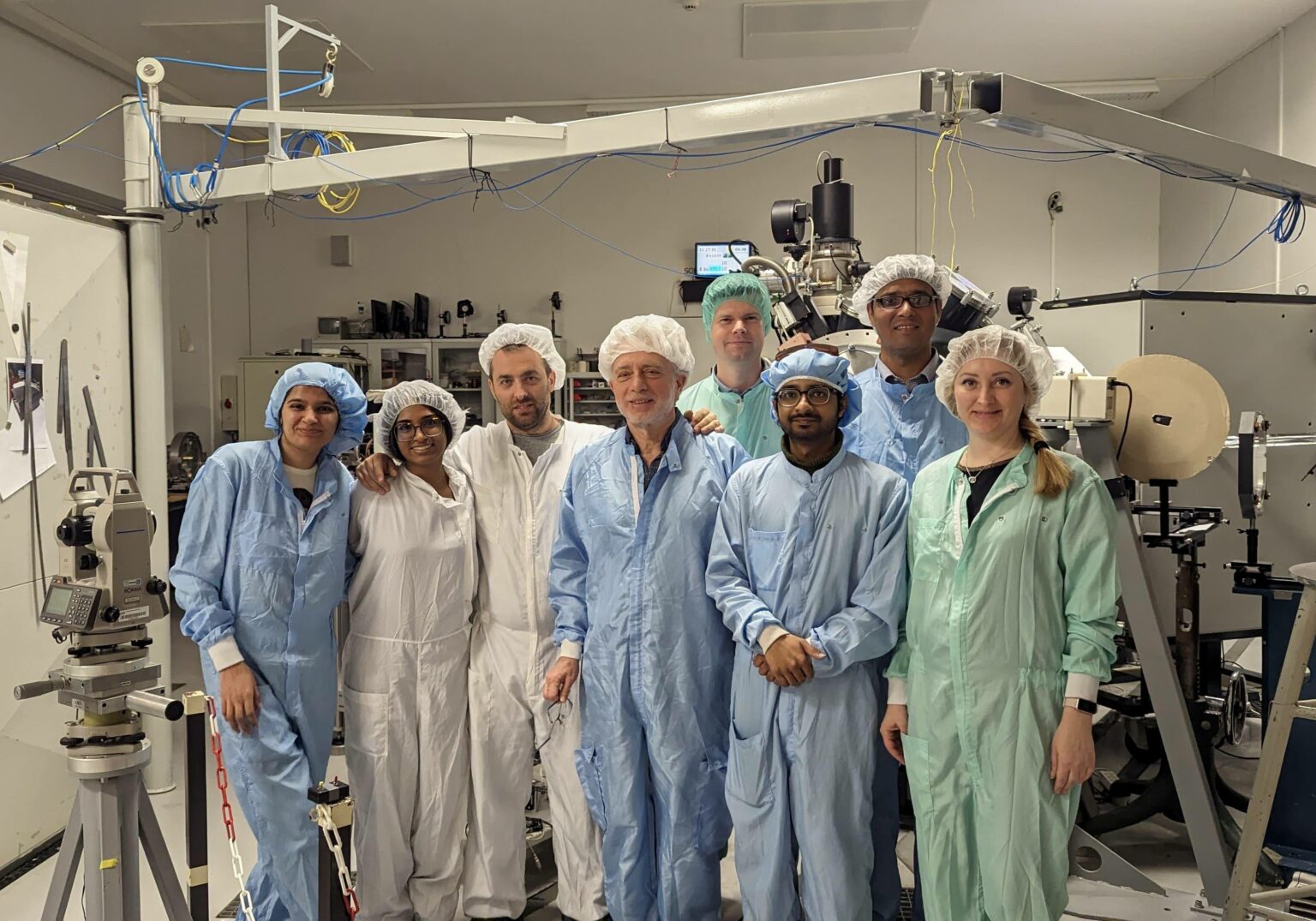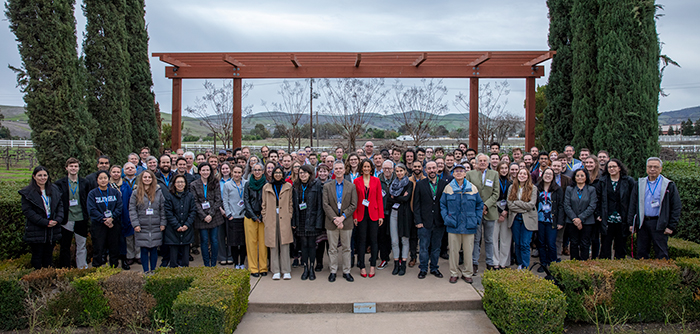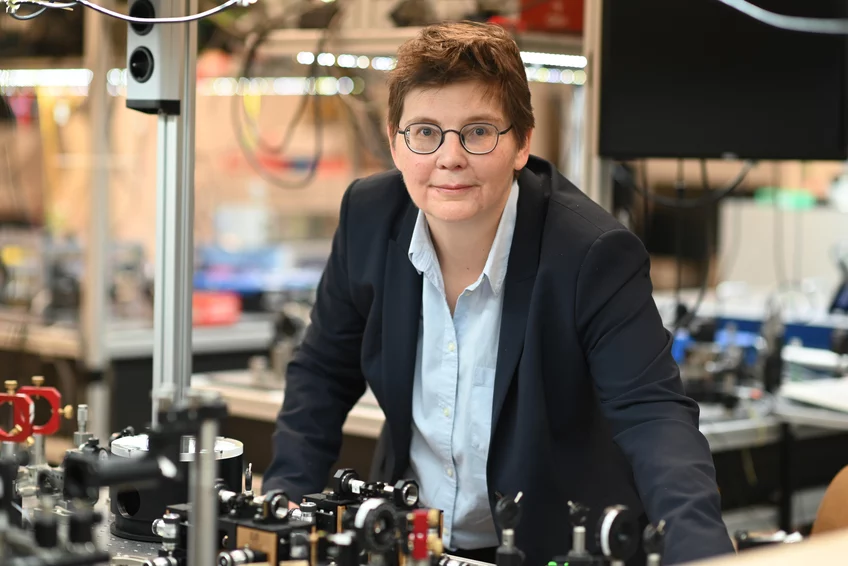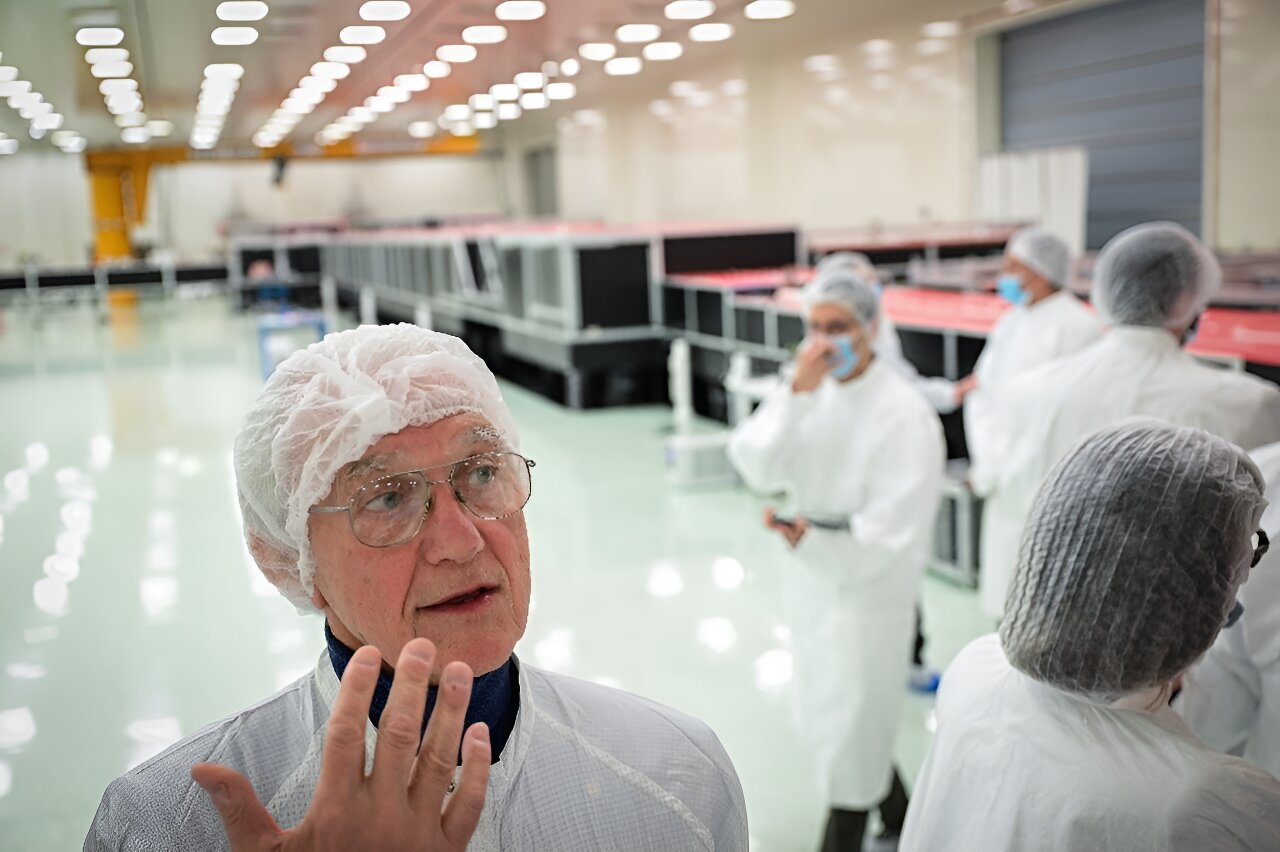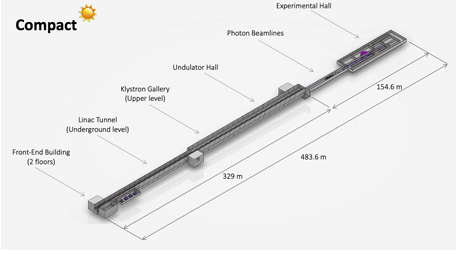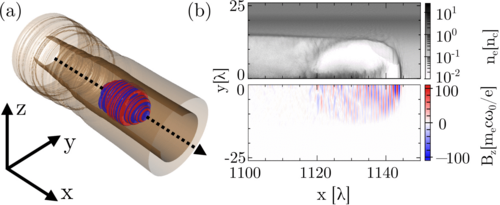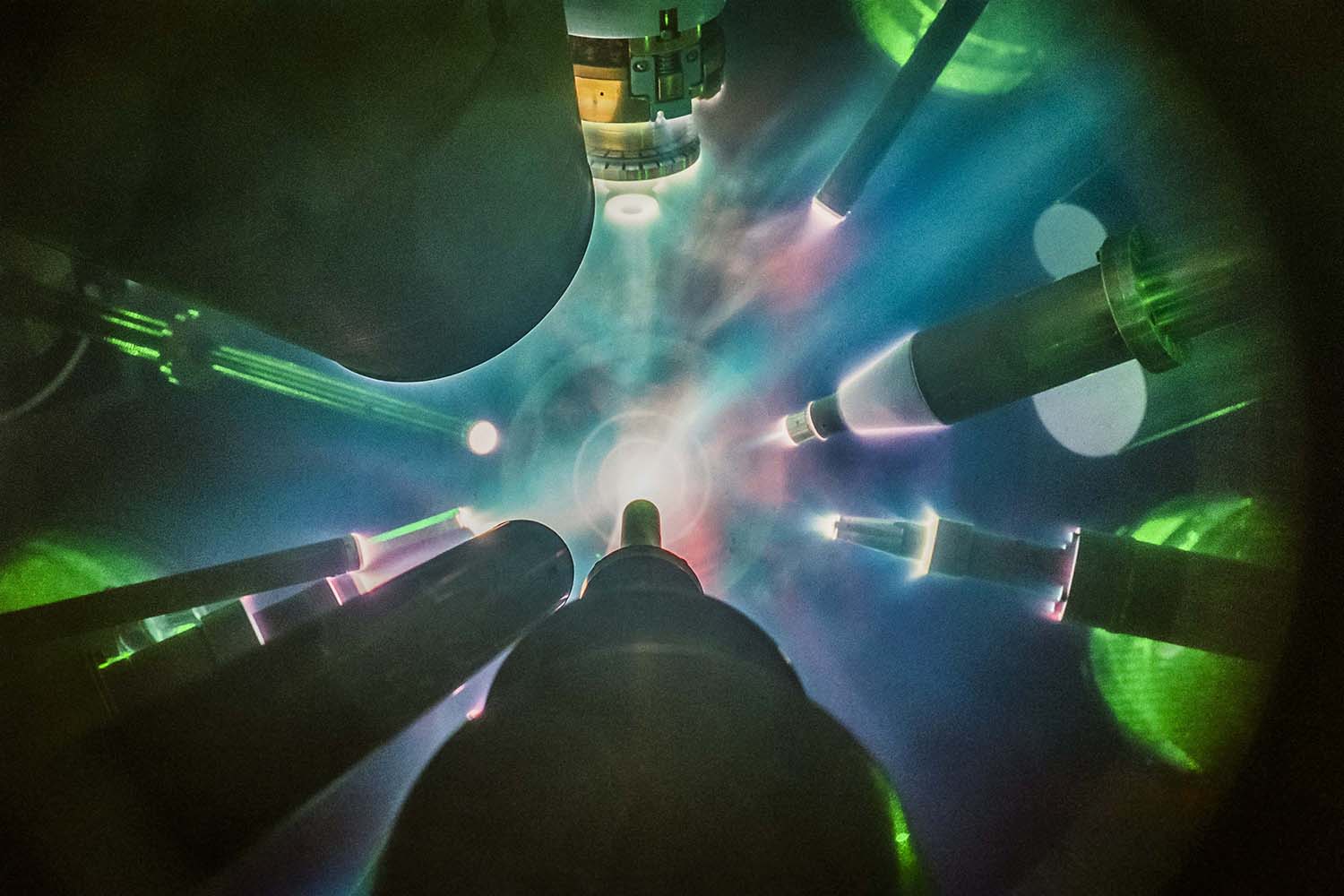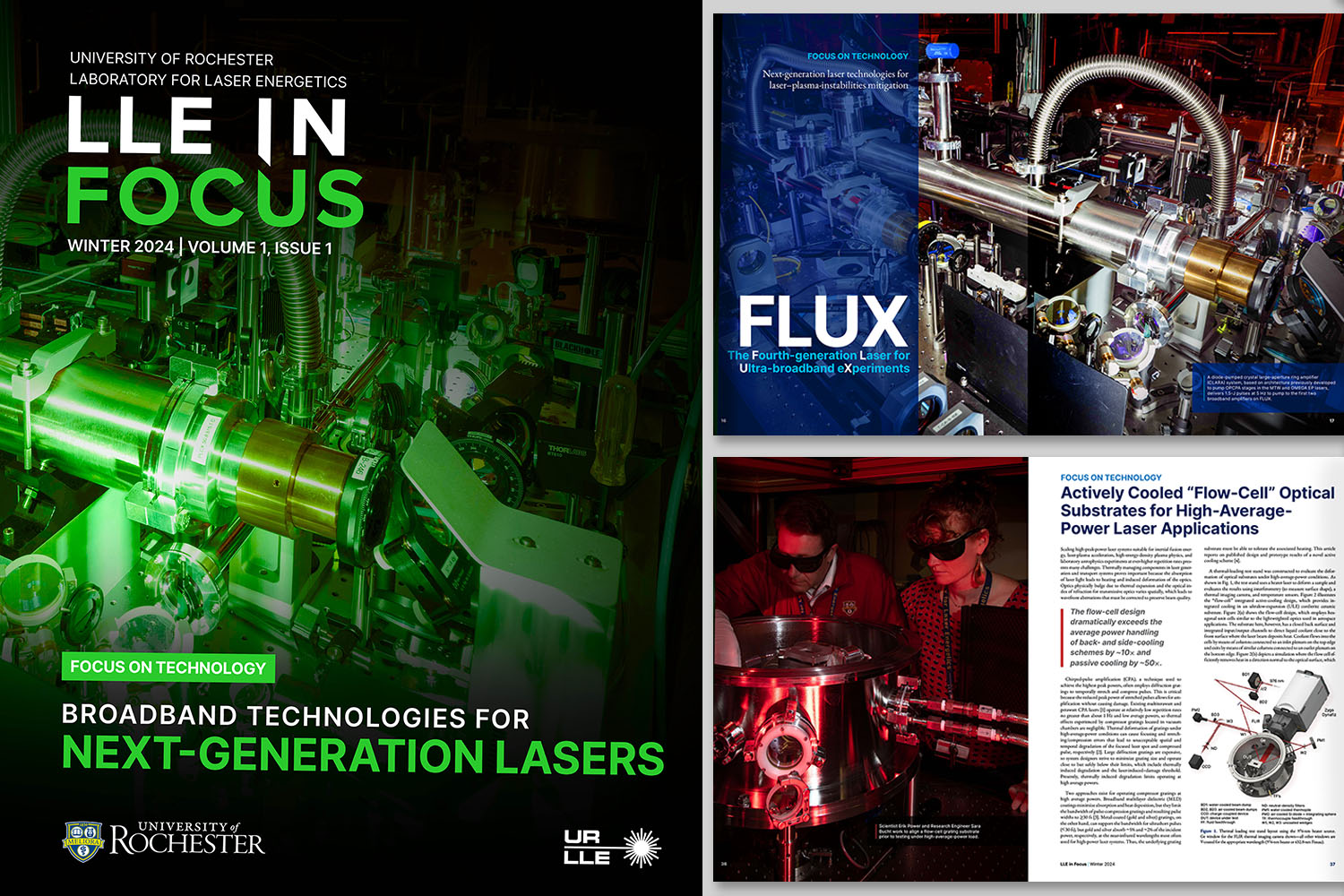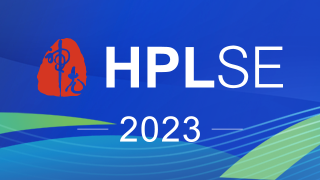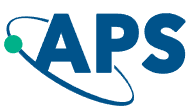Search by keywords or author
News
Proton-boron fuel requires implosion to burn. In order to build a correct model of the implosion process driven by a high energy laser, we need to understand the material properties and behaviour of the boron fuel under extreme pressures and temperatures. This is no simple task as we’re talking about millions of atmospheric pressures and millions to billions of Kelvins (degrees), occurring after petawatts (1,000 trillion watts) of energy have passed through fuel no bigger than a millimetre in size.
- Apr. 24, 2024
News
Boost for Inertial Fusion Energy (IFE) in Germany: The PriFUSIO research project aims to systematically develop key technologies for climate-neutral fusion power plants of the future. The consortium, led by the ILT in Aachen, brings together fusion start-ups, medium-sized companies, large corporations, the Laser Zentrum Hannover, and the Fraunhofer Institutes IOF in Jena and ILT in Aachen, creating a diverse collaboration of industry and public research institutions. The project will focus on principles for targeted component development and explore practical photonic approaches for the commercial utilization of laser-driven IFE. The Federal Ministry of Education and Research has allocated 18 million euros for the project over the next three years.
- Apr. 18, 2024
News
Ignition was the dominant theme at this year's LLNL National Ignition Facility and Jupiter Laser Facility (NIF and JLF) User Groups Meeting.
- Apr. 11, 2024
Scientists
The experimental physicist joins the Max Born Institute as a new Director and has accepted a chair at Humboldt University of Berlin.
- Apr. 11, 2024
Facilities
"Ready? Signal sent!" In the control room of a research center in Romania, engineer Antonia Toma activates the world's most powerful laser, which promises revolutionary advances in everything from the health sector to space.
- Apr. 02, 2024
Many advances in structural science since the 1970s were made by probing materials with synchrotron radiation: that is, high energy X-rays generated through accelerating high-energy electrons. The latest generation of such sources, X-ray free electron lasers (XFEL), are far more powerful than their predecessors but are only accessible to international consortia and a few rich countries because of their high cost.
- Apr. 16, 2024
Researchers from the Centre for Advanced Laser Applications have developed a novel approach that combines multi-objective and multi-fidelity optimization, which could significantly speed up the optimization of complex systems like laser-plasma accelerators. The work, recently published in IOP Machine Learning: Science and Technology, introduces the innovative use of a trust metric to facilitate the joint optimization of multiple objectives and data sources.
- Apr. 08, 2024
The direct laser acceleration (DLA) of electrons in underdense plasmas can provide hundreds of nC of electrons accelerated to near-GeV energies using currently available lasers. Here we demonstrate the key role of electron transverse displacement in the acceleration and use it to analytically predict the expected maximum electron energies. The energy scaling is shown to be in agreement with full-scale quasi-3D particle-in-cell simulations of a laser pulse propagating through a preformed guiding channel and can be directly used for optimizing DLA in near-future laser facilities. The strategy towards optimizing DLA through matched laser focusing is presented for a wide range of plasma densities paired with current and near-future laser technology. Electron energies in excess of 10 GeV are accessible for lasers at I ∼ 1021 W / cm2.
- Mar. 27, 2024
In two newly published articles in Nature Physics, LLE Assistant Scientist Varchas Gopalaswamy and recent graduate Connor Williams ('23 PhD), now a staff scientist at Sandia National Laboratories, share their results from recent experiments on the OMEGA Laser System that demonstrate the potential for a simplified and more-efficient method of designing future "direct-drive" method for generating fusion energy.
- Feb. 19, 2024
LLE is excited to announce the release of the first issue of LLE in Focus, a new quarterly magazine-style publication that shines the spotlight on the accomplishments, technological advances, and cutting-edge research performed at the Laboratory.
- Jan. 16, 2024
Suzhou, China
October 16-19, 2023
Port Messe Nagoya, Japan
November 12-17, 2023
Big Sky, Montana, United States
June 9-14, 2024
Facilities More

Shanghai Institute of Optics and Fine Mechanics, CAS

Joint Laboratory of High Power Laser and Physics, Shanghai Institute of Optics and Fine Mechanics, CAS

Key Laboratory for Laser Plasmas, Ministry of Education, Shanghai Jiao Tong University

Berkeley Lab Laser Accelerator (BELLA) Center
Harbin Institute of Technology, China
National University of Defense Technology, China
Tianjin University, China
Tianjin University, China
Shanghai Institute of Optics and Fine Mechanics, CAS, China
Shanghai Institute of Optics and Fine Mechanics, CAS, China
National University of Defense Technology, China
State Key Laboratory of Pulsed Power Laser Technology, China
Hunan Provincial Key Laboratory of High Energy Laser Technology, China
State Key Laboratory of Pulsed Power Laser Technology, China
Hunan Provincial Key Laboratory of High Energy Laser Technology, China
Shanghai Institute of Optics and Fine Mechanics, CAS, China
Shanghai Institute of Optics and Fine Mechanics, CAS, China
National University of Defense Technology, China



